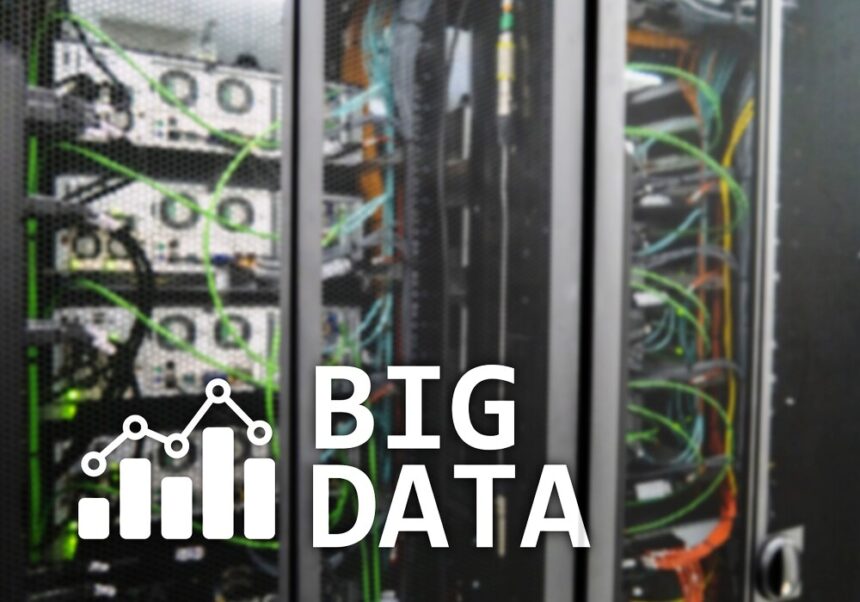Most people know about how big data and virtual reality (VR) have collectively changed sectors such as marketing, but they may not realize that these two technologies have made significant impacts on other industries, too. Big data and architecture is one combination worth exploring in depth.
The Two Technologies Can Complement Each Other
Some forward-thinking architecture firms are experimenting with ways to use both big data and VR in their daily activities. One company called Ennead Architects utilized VR to bridge the gap between the things they learned from data and what they couldn’t visualize.
While working on a planetarium project, the architects fed environmental data about how daylight entered the building into a VR platform that allowed them to see visual representations through their virtual reality headsets.
Then, another project handled by the firm collected data about how users moved through an existing building. Next, they created avatars to represent the traffic patterns. From there, they could assess things like how layout alternations might impact movement or at which points people were most likely to stop within the building to talk to others and for how long.
Architects Can Move Beyond Two-Dimensional Representations
Computerized model systems have changed things for the better, but it wasn’t long ago that two-dimensional drawings restricted architects from accurately envisioning future buildings or explaining concepts to their clients. Virtual reality has vastly improved visualization methods and could also help clients cut costs, especially if architects use big data too.
For example, home renovation projects can be extremely costly and some people run out of money before completion. However, if a homeowner who wants an upgrade on their abode and confers with an architect while budgeting and planning, expenses could decrease.
It’s often hard for clients to visualize how much certain things might cost and conclude whether the expenses are justified. Instead of just making a sketch that showed a client how a sliding glass door or a bay window would look in a certain area, an architect could encourage the customer to don a headset and see that addition in a virtual world.
Then, an architecture firm might have a big data platform that pools past client data and makes it anonymous. If so, provided a customer decides to move forward with the enhancement shown to them virtually, they could get questions answered about materials used by similar clients and how much those projects cost.
VR can also help businesses ensure they follow and meet building regulations for essential components, such as customer and employee restrooms. Paying attention to codes and other specifics avoids unexpected costs down the line, plus allows people to figure out the handiest locations for toilets, employee washrooms or other parts of a building destined for frequent use.
Most Architectural Professionals Plan to Use VR This Year
A survey from Chaos Group, an organization that specializes in visualization technologies, polled nearly 6,000 architects. It found over two-thirds plan to use VR this year.
Also, of the people already using VR in their work, 80 percent are doing so for multiple projects. That suggests those early adopters are happy with the results. Plus, it emphasizes how VR in architecture isn’t something that’s merely a possibility — it’s already happening.
Big Data Helps Architects Anticipate the Future
The architects of the past had to largely rely on guesswork when calculating things like population growth or the effects of climate change. Big data aids architects in understanding places and people, then incorporating the associated revelations into their designs.
Datasets and modeling could help architects test the viability of design concepts before constructing them in real life. Or, those professionals might study the data stores associated with a local authority and discover issues that different design choices could remedy instead of exacerbate as time passes.
Some clients want buildings with data collection features inside them, too, and they know those aspects will help them plan for the future.
Consider the scenario of a customer who wants to gradually make a building more energy-efficient. Big data platforms could track resource usage and indicate the return on investment for a particular project. Based on that information, they could choose how soon to proceed with more energy-efficient enhancements and how fast to do them.
Big Data Is a Crucial Element of Smart City Design
Heavily connected “smart cities” are becoming more prominent in society and are no longer the stuff of future-oriented dreams. Although some of them are built from scratch, other city officials bring in architects and similar professionals to make existing destinations smarter by installing networks of sensors, retrofitting buildings for energy efficiency and installing structures built to withstand the likely effects of climate change through the years.
Analysts even point out how, although they rely on architects to design physical buildings, they also depend on data architects to develop big data-based infrastructures that coincide with the easily visible structures.
During their involvement in smart cities, architects may use digital repositories of data that they tap into when communicating with building contractors or clients, thereby helping set expectations and keep costs down. Moreover, they can use that data when working on other smart buildings, whether in the same cities or in different locations.
Technology Reshaping the Architecture Sector
The above examples illustrate how architects can bring VR and big data into their workflows to cut costs, set client expectations and visualize how things will look in the pre-planning stages. People can look forward to more advancements as both technologies improve and get experimented with in various ways.








